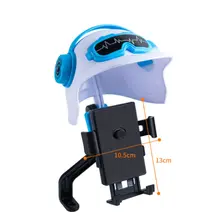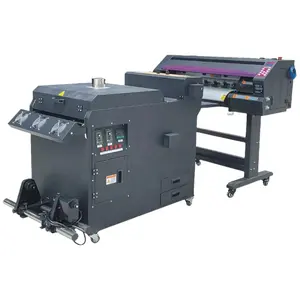Understanding Thermal Transfer Printers
Thermal transfer printers are essential tools in the modern printing landscape, catering to a variety of professional environments. These printers function by melting a coating of ribbon to transfer it onto a medium, typically paper, which is why they are favored for their durability and long-lasting print quality.
Types and Applications
The versatility of thermal transfer printers is evident in their range of types. From industrial-grade machines designed for high-volume output to compact desktop models suited for smaller tasks, these printers serve numerous sectors. Common applications include printing barcodes, labels, and RFID tags for industries such as logistics, healthcare, and retail.
Features and Materials
A key feature of thermal transfer technology is its compatibility with various materials. Printers can handle a range of mediums, from synthetic materials to fabric, making them suitable for cloth printing and label creation. The core components, such as the thermal print head and platen roller, are designed to work with different ribbon and media combinations to produce clear, smudge-proof images and text.
Advantages of Thermal Transfer Printing
The advantages of using a thermal label printer include the production of durable prints that withstand extreme conditions, such as exposure to chemicals and UV light. This durability makes thermal transfer ideal for creating asset tags and outdoor signage. Additionally, the technology offers consistent print quality and the flexibility to print on diverse mediums.
Choosing the Right Printer
Selecting the right thermal transfer label printer depends on the specific needs of a business. Factors to consider include print volume, material compatibility, and the desired resolution. While some printers are equipped with advanced features like color touchscreens and wireless connectivity, others prioritize efficiency with fast print speeds and easy ribbon loading.
Environmental and Economic Considerations
Lastly, it's important to note the environmental and economic aspects of thermal printing. These printers are energy-efficient and often designed for long-term use, reducing waste and the need for frequent replacements. By choosing the appropriate printer, businesses can optimize their printing processes, leading to cost savings and a reduced environmental footprint.









































 浙公网安备 33010002000092号
浙公网安备 33010002000092号 浙B2-20120091-4
浙B2-20120091-4